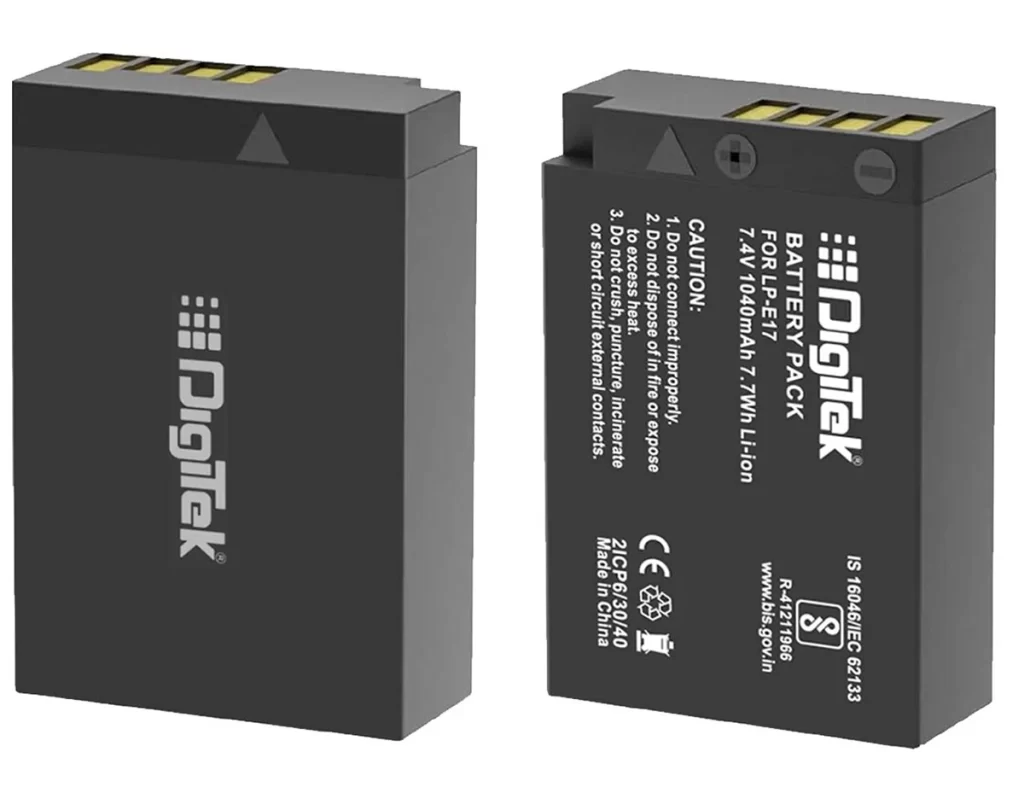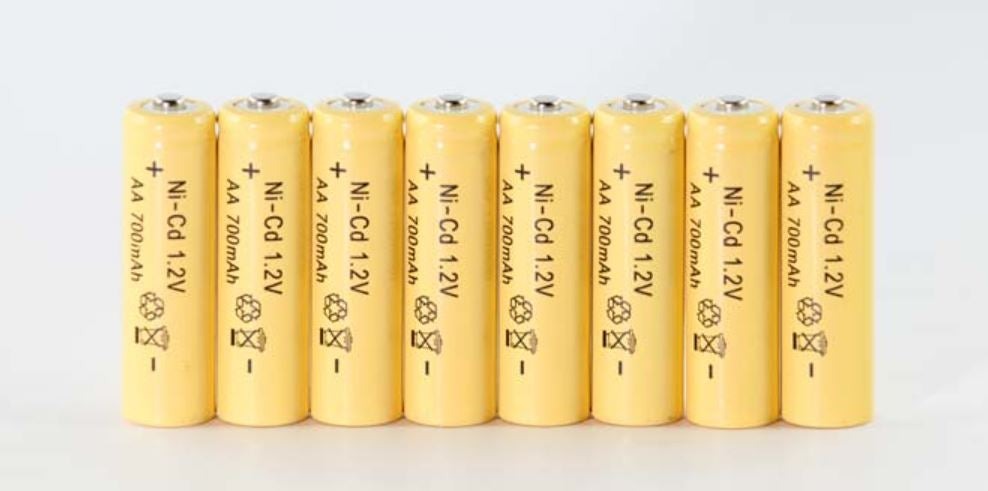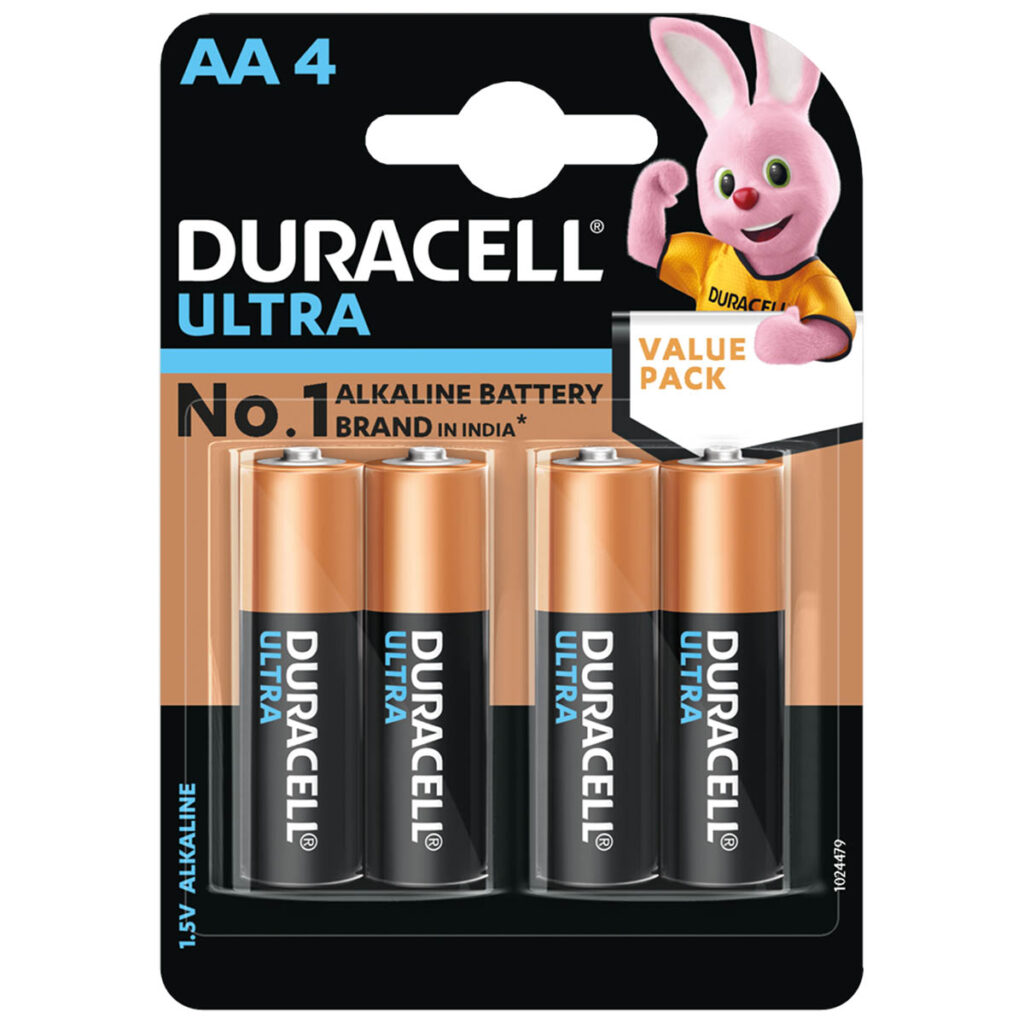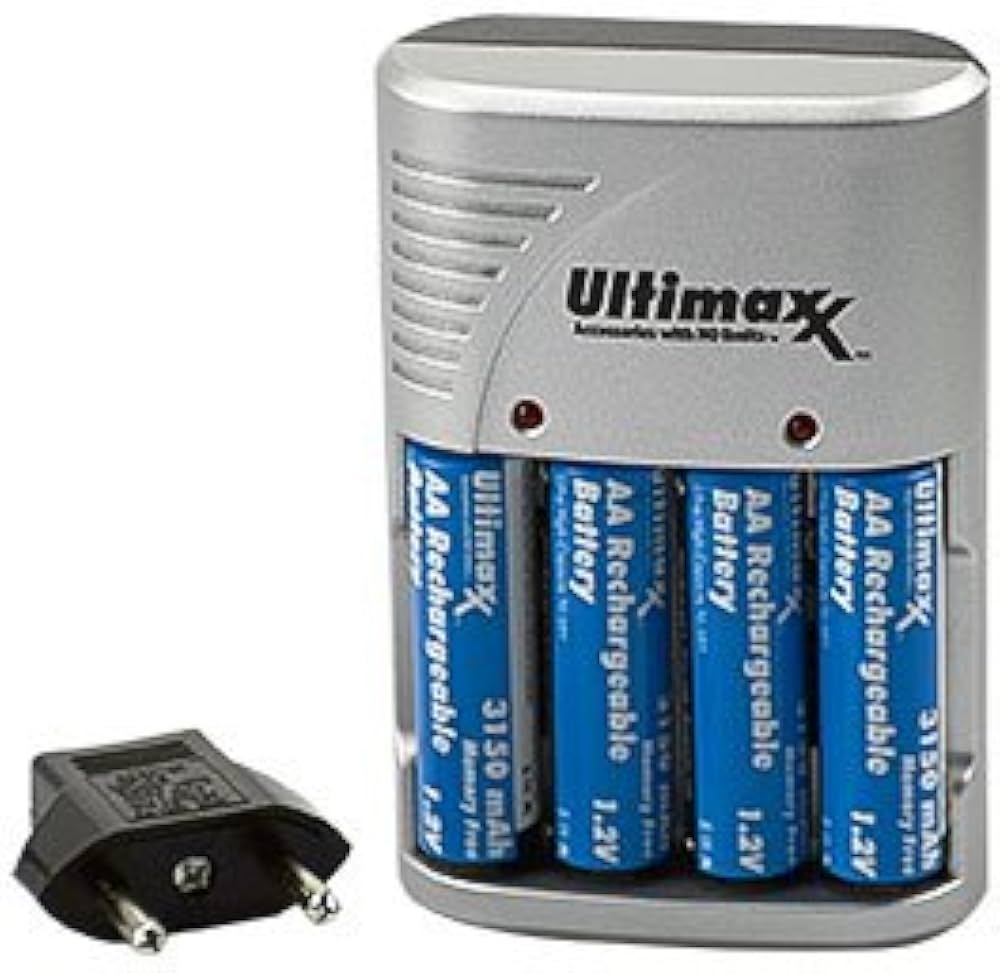When it comes to cameras, choosing the right battery is crucial for your photography. Batteries power your camera, so understanding the different types available can help you get the most out of your gear. Here’s a straightforward guide to the various camera batteries you might encounter.
Types of Camera Batteries
1. Lithium-Ion (Li-Ion) Batteries

What Are They? Lithium-ion batteries are the most common type found in modern digital cameras. They are known for their efficiency and long-lasting power.
Benefits:
- Long Battery Life: They allow you to take more photos before needing a recharge.
- Lightweight: These batteries are compact and not too heavy.
- Quick Charging: They recharge faster than many other types.
Drawbacks:
- Cost: They can be more expensive.
- Temperature Sensitivity: They may not work well in extreme temperatures.
Examples: Canon LP-E6, Nikon EN-EL14, Sony NP-FW50.
2. Nickel-Metal Hydride (NiMH) Batteries

What Are They? NiMH batteries are used in some older cameras and certain compact models.
Benefits:
- Environmentally Friendly: Less harmful to the environment than older types.
- Affordable: Generally cheaper than lithium-ion batteries.
- Decent Performance: Good power for everyday use.
Drawbacks:
- Self-Discharge: They lose charge faster if not used for a while.
- Heavier: They can be heavier than Li-Ion batteries.
Examples: AA NiMH batteries in older cameras.
3. Nickel-Cadmium (NiCd) Batteries

What Are They? NiCd batteries are an older technology that has mostly been replaced by newer types.
Benefits:
- Durable: They are tough and reliable.
Drawbacks:
- Memory Effect: They can lose capacity if not fully discharged before recharging.
- Environmental Issues: Cadmium is toxic and not eco-friendly.
- Lower Capacity: They don’t hold a charge as well as newer types.
Examples: Used in older or specialized camera equipment.
4. Alkaline Batteries

What Are They? Alkaline batteries are common household batteries and are sometimes used in basic point-and-shoot cameras.
Benefits:
- Widely Available: Easy to find and replace.
- Inexpensive: Generally cheaper upfront.
Drawbacks:
- Shorter Lifespan: They don’t last as long as other types.
- Lower Power: They might need frequent changing.
Examples: AA or AAA batteries in some basic cameras.
5. Rechargeable Batteries
What Are They? Rechargeable batteries come in various types, including Li-Ion and NiMH, and can be used multiple times.
Benefits:
- Cost-Effective: Over time, they save money as you can recharge them rather than buying new batteries.
- Eco-Friendly: They reduce waste compared to disposable batteries.
Drawbacks:
- Initial Cost: They can be more expensive at first.
- Charging Time: They need time to recharge.
Examples: Rechargeable versions of Li-Ion and NiMH batteries.
Maintaining batteries for long life
1. Avoid Extreme Temperatures
- High Temperatures: Heat can cause batteries to degrade faster. Avoid leaving your camera or spare batteries in direct sunlight or inside a hot dashboard of a car.
- Low Temperatures: Cold can temporarily reduce battery life. If you’re shooting in cold conditions, keep spare batteries in an inside pocket or a warm place.
2. Keep Batteries Charged
- Avoid Deep Discharge: Try not to let your battery drop to 0% before recharging. Lithium-ion batteries, common in cameras, perform best when kept between 20% and 80% charge.
- Regular Use: Batteries should be used periodically. If you have spare batteries, use them occasionally to keep them active.
3. Use the Correct Charger
- Manufacturer’s Charger: Use the charger recommended by your camera manufacturer. Third-party chargers might not regulate charging properly, which can damage your battery.
- Avoid Overcharging: Most modern chargers are designed to stop charging once the battery is full, but it’s still a good practice to unplug the charger once the battery is fully charged.
4. Store Properly
- Cool, Dry Place: Store batteries in a cool, dry environment. Avoid humid or very hot places.
- Partial Charge for Storage: If you’re storing batteries for an extended period, keep them at around 50% charge. Full or empty batteries can degrade faster.
5. Clean Contacts
- Battery Contacts: Occasionally clean the battery contacts and the camera’s contact points with a dry, soft cloth to ensure a good connection.
6. Avoid Using Non-Recommended Batteries
- Original Batteries: Use original or high-quality third-party batteries recommended by your camera’s manufacturer. Cheaper or counterfeit batteries can be less reliable and may harm your camera.
7. Update Firmware
- Firmware Updates: Keep your camera’s firmware up to date. Sometimes, manufacturers release updates that improve battery efficiency or manage power consumption better.
8. Minimize Power-Intensive Features
- Power Settings: Turn off features you’re not using, like Wi-Fi or GPS, to conserve battery life. Lower the brightness of the LCD screen and use energy-saving settings if available.
Conclusion
Choosing the right battery for your camera depends on what type of camera you have and how you use it. Lithium-ion batteries are popular for their long life and quick charging, while NiMH and NiCd batteries have their uses in older or specific models. Alkaline batteries are a simple choice for basic cameras, and rechargeable batteries offer a cost-effective and eco-friendly option.
By understanding the different types of camera batteries, you can ensure that your camera is always ready to capture the perfect shot.


